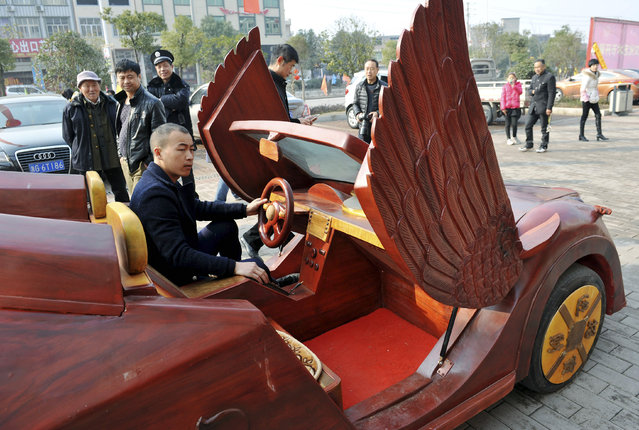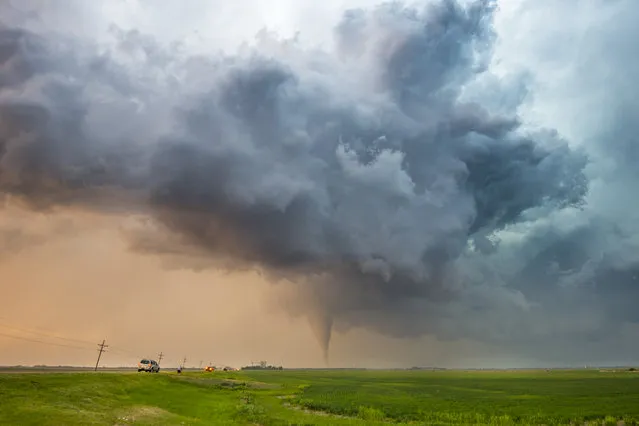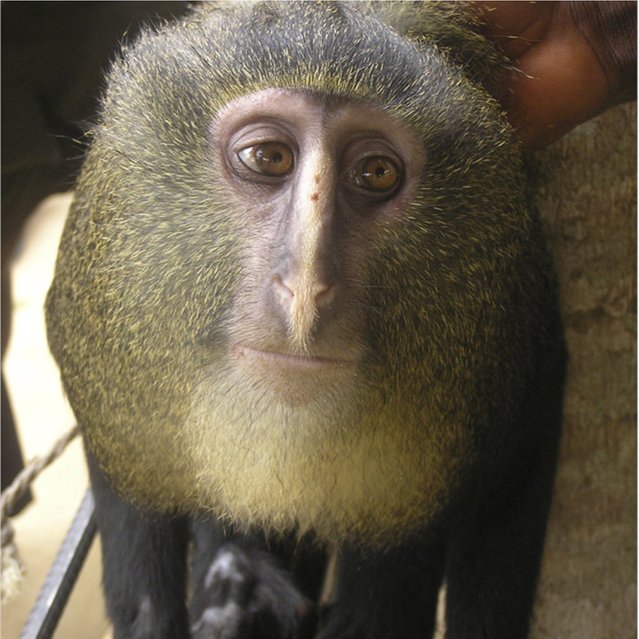
Soldiers pose for a photo during the flower exhibition marking the 105th birth anniversary of the country's founding father, Kim Il Sung in Pyongyang, North Korea April 16, 2017. (Photo by Damir Sagolj/Reuters)
17 Apr 2017 08:05:00,post received
0 comments







